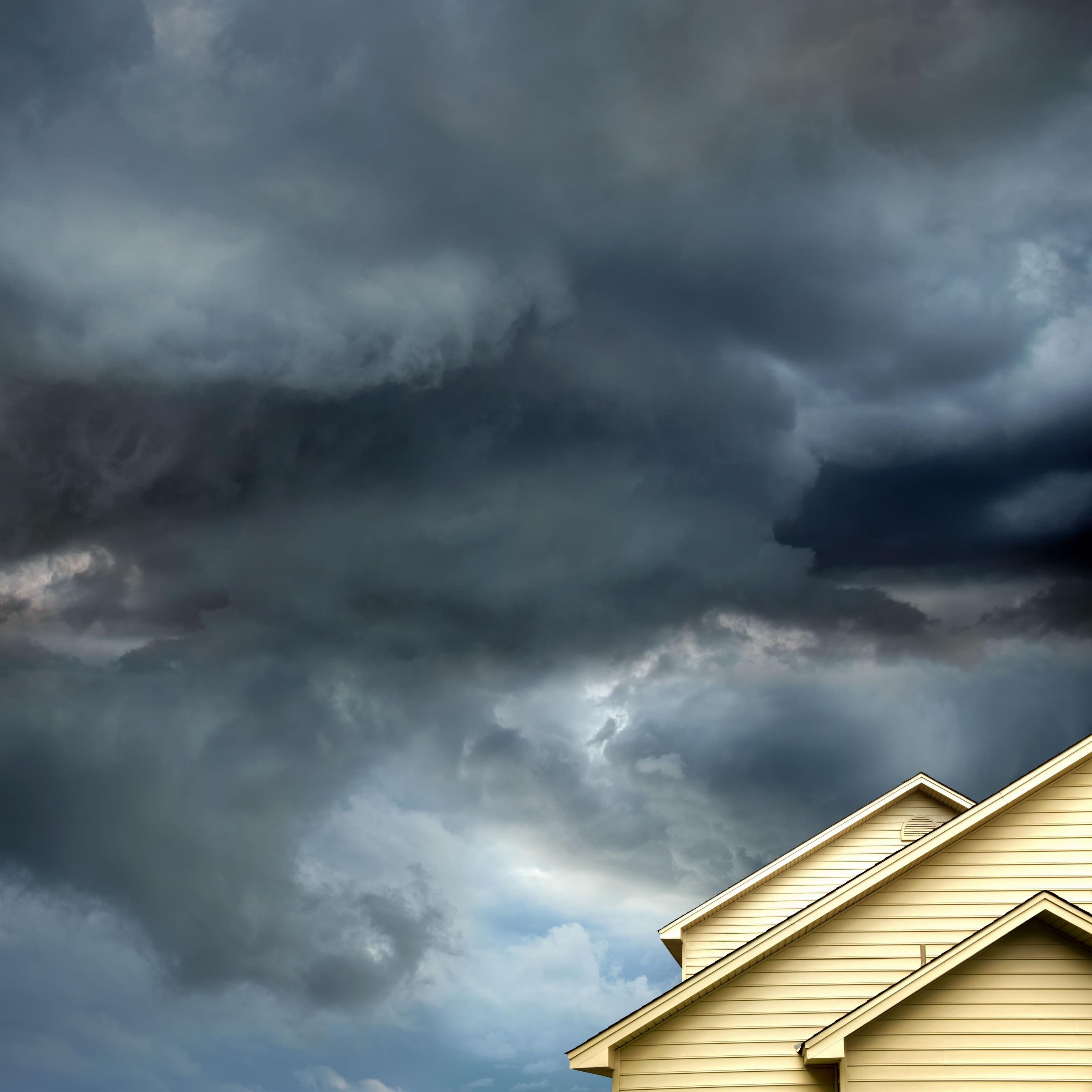Unexpected electrical surges are unavoidable. Both external and internal forces can trigger voltage spikes, which, if left unattended, can cause significant damage to your property. Surge protectors were invented to safeguard against these harmful spikes by absorbing and diverting excess voltage away from your appliances and devices. Here's how they function and key factors to consider when selecting the most suitable whole-house surge protector for your needs.
Understanding Whole-House Surge Protectors and How They Work
By definition, a whole-house surge protector is a device that prevents electrical power surges and spikes across your home. It is mounted inside the home's main electrical panel and works by continuously monitoring the voltage of the current that enters your home as well as the voltage within your electrical system itself. If it detects fluctuations beyond a safe threshold, the surge protector will redirect the excess current to the ground, preventing it from flowing through your home’s electrical system.
Whole-house surge protectors employ one of two devices to safeguard against electrical surges. The first (most popular) device is a metal oxide varistor (MOV). A MOV is made up of zinc oxide powder mixed with other oxides and pressed into a ceramic. The ceramic is known as a semiconductor. It can only conduct electricity under specific conditions. When these conditions are met, i.e., too much voltage, the MOV kicks on and diverts the excess voltage to the ground.
The second device is called a gas discharge arrestor (GDR). It is primarily made of two electrodes in a sealed tube filled with a noble gas (argon or neon). Under normal conditions, the gas acts as an insulator, preventing the flow of electricity. However, when the voltage exceeds the safe threshold, the gas ionizes and becomes conductive, safely diverting the excess voltage to the ground.
It's important to note that grounding is a key aspect of home surge protection. Electricity doesn't just disappear into thin air; it must be directed to another location or object. Fortunately, the Earth is filled with conductive materials that can safely absorb and dissipate electrical energy. Therefore, after stopping a surge from flowing through your electrical system, your whole-house surge protector safely dissipates the excess electricity into the ground until the error is corrected.
Causes of Electrical Surges in a Home
As mentioned, surges can originate from various sources, both internal and external to your home. The most feared culprit is lightning strikes. Lightning can send tens of thousands of volts through your electrical system. Their energy is often so intense that electrical fires can ignite.
Surges can also come from your utility company. Events such as grid switching, a downed power line, a blown transformer, or other issues from the substation can trigger major power surges.
Internally, large appliances cycling on and off or defective systems can disrupt the steady electrical flow in your grid, leading to unexpected surges. Moreover, overloading a circuit can cause electrical overdraw, straining the electrical system and increasing the likelihood of surges.
Benefits of Whole-Home Surge Protection
The protection provided by whole-house surge protectors comes with the following benefits.
1. Safe Environment for Electronics
When you buy any device that uses electricity, you'll see the recommended voltage and amperes it needs to operate efficiently. Electronic circuit boards are very sensitive to voltage fluctuations. When the electricity is too much, they can melt or break down. On the other hand, when the current is too low, they become erratic, which can lead to complete failure. Whole-house surge protectors create a healthy, stable electrical environment for your devices. The chances of your electronics malfunctioning or completely failing will be greatly reduced.
2. Longer Life Span for Your Devices
By protecting your devices and appliances from surges, a whole-house surge protector extends their life span. You can be sure to get a positive return on investment with every protected device and appliance.
3. Stable Electrical Performance
While whole-house surge protectors don’t directly reduce energy usage, they help your appliances operate more reliably and without stress from voltage fluctuations. This stable environment can help appliances perform at their intended efficiency levels over time.
4. Fire Prevention
Power surges are one of the leading causes of home fires. When a surge occurs, the sudden influx of electricity can cause circuit boards, wires, and other components within electronics to overheat. Any nearby flammable material (including the plastics that insulate and protect electrical wires) can ignite and cause a deadly fire. Whole-home surge protectors provide vital protection because they redirect excess power safely to the ground, reducing the risk of overheating and potential fire hazards.
5. Reduced Risk of Electrical Shock
The human body is highly conductive, so it typically draws a lot more current when it comes into contact with a faulty wire or damaged device. This could lead to a dangerous electrical shock. While whole-house surge protectors are not designed specifically to prevent electrocution, they can help protect your electrical system from surge-related damage that might otherwise increase the risk of shock. For direct protection against electrocution, ground fault circuit interrupters (GFCIs) should be used.
6. Whole Electrical System Protection
Your entire electrical system is vulnerable to excess electrical energy. A sudden heavy surge can loosen electrical connections, melt and cut your wiring, and damage sockets (outlets). A whole-house surge protector shields the entire electrical system and maintains the integrity of your electrical infrastructure, consequently extending its life span.
Choosing the Right Whole-House Surge Protector for You
Shopping for a whole-house surge protector is tricky because a lot of nearly worthless products have been flooded on the market. Do your research on the models you are interested in and compare and contrast their features, ratings, and reviews. The key factors you should not compromise on include the following.
Underwriters Laboratories (UL) Certification
UL is an independent, nonprofit company that tests electrical products for safety and efficiency. It is one of the few companies approved by the Occupational Safety and Health Administration (OSHA) to perform safety testing. If your whole-home surge protector has their certification, rest assured that it meets rigorous safety standards and will provide reliable protection.
Response Time
Response time indicates how long it takes for the whole-house surge protector to start siphoning off the excess voltage. It's important to understand that surge protectors don't respond instantaneously; there is usually a small delay, typically measured in nanoseconds or picoseconds. The faster the response time (less than one nanosecond), the better the protection for devices and household members.
Joule and Surge Current Ratings
Joule rating represents the amount of surge energy a protector can absorb before failing. Every strike or spike diminishes its capacity. Therefore, it's advisable to choose a whole-home surge protector with the highest rating within your budget. A joule rating of 1,000 to 5,000 is typical for residential systems. Additionally, surge protectors have a maximum surge current rating, measured in amps. For whole-house protectors, look for devices rated to handle between 20,000 and 40,000 amps for comprehensive coverage.
Contact Mister Sparky® for More Information
Mister Sparky® is a fully licensed and certified electrical company in Sherman. Our highly trained and experienced electricians deliver 100% satisfaction with every job. Contact us for whole-home surge protection installation and maintenance. We also offer other services, including electrical inspections, repairs, rewiring, and electrical panel upgrades. Call Mister Sparky® for whole-house surge protection in Sherman.















